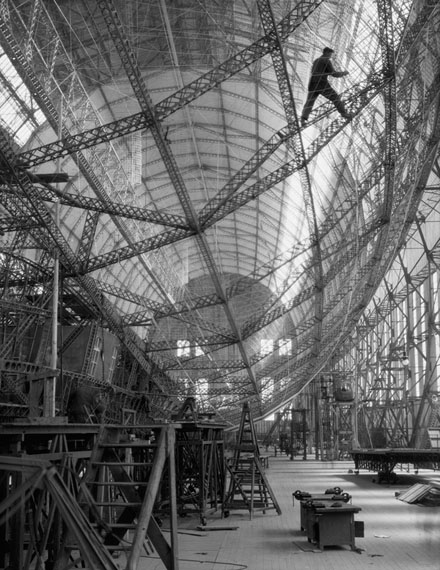
© 2017 Curatorial Assistance, Inc. / E.O. Hoppé Estate Collection
Emil Otto Hoppé »
Unveiling a Secret
Exhibition: 6 Apr – 30 Jul 2017
Wed 5 Apr 19:00
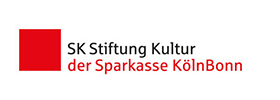
Die Photographische Sammlung / SK Stiftung Kultur, Köln
Im Mediapark 7
50670 Köln
+49 (0)221-88895300
photographie@sk-kultur.de
www.photographie-sk-kultur.de
Thu-Tue 14-19
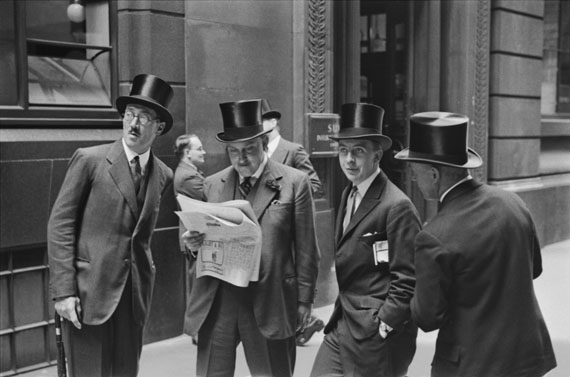
© 2017 Curatorial Assistance, Inc. / E.O. Hoppé Estate Collection
E. O. Hoppé
"Unveiling a Secret"
Exhibition: 6 April – 30 July, 2017 (in Room 1)
Opening reception: Wednesday, 5 April, 7pm
An exhibition in collaboration with the Fondazione MAST, Bologna, and the E. O. Hoppé Estate Collection/Curatorial Assistance, California, curated by Urs Stahel
The focus of the two new exhibitions at Die Photographische Sammlung/SK Stiftung Kultur is industrial photography with its various contexts of origin, its formal-aesthetic positing, and its content-related implications.
Emil Otto Hoppé (*1878 in Munich) - his name is often abbreviated as "E. O. Hoppé" - was a prominent portrait photographer of the early 20th century. He also gained a great deal of attention for his landscape, architectural, and industrial photography, which he published along with his portraits in newspapers, magazines, and books. However, his name began to increasingly disappear from public focus beginning in the 1950s. This was primarily due to the fact that in 1954, he gave the major share of his creative photographic work to a London picture library, which did not sort its collection according to the name of the author but above all by sets of motifs, leading to the disintegration, so to speak, of his diverse body of work.
It was not until the 1990s that, emanating from the United States, his oeuvre began to experience greater reception. With the involvement of Curatorial Assistance, Inc., in Pasadena, his photographs were again singled out of the library collection and transferred to the E. O. Hoppé Estate Collection, which is now based in Pasadena, California. It houses the extensive collection of vintage prints, negatives, and publications. Moreover, it initiates exhibitions on various areas of the photographer's body of work and facilitates publications and other concerns.
E.O. Hoppé began his photographic career in London, where he had moved in 1902 and where he ran a successful portrait studio beginning in 1907. In the 1920s and '30s Hoppé made numerous, in part months-long journeys to different countries in Europe, even travelling as far as America, India, and Australia, producing extensive documentations during his stays there. He was interested in people, landscapes, settlements, and cities as well as industrial aspects.
Beginning in 1925, Hoppé frequently sojourned in Germany and Austria. He began focusing more and more on industry and technology, a subject area that at the time in general enjoyed a great deal of attention among artists and photographers. He documented, for example, hydroelectric power plants in southern Germany, surface mines near Berlin, the pits and steel mills in the Ruhr district with their impressive structures and smoking chimneys. He took a look into plants, workshops, and details of individual constructions, even including portraits of workers and employees. Hoppé documented the infrastructure that was so important for industry, such as railroads, ports, and wharfs; streets and bridges, as well as flying machines such as zeppelins and airplanes, in impressive photographs. In terms of his style, he approaches a modernist imagery with strong contrasts, dynamic views from above and below, and shifts in perspectives. E. O. Hoppé provided a wide-ranging presentation of the subject of industry in the publication Deutsche Arbeit (German Work; Ullstein Verlag, 1930).
The fact that the photographer pursued the subject beyond Germany becomes apparent, for instance, through the photograph of the very imposing Harbour Bridge in Sydney, taken in 1930 while it was still under construction, one of the widest steel bridges in the world. Hoppé took photographs of the cranes in the shipyard of Liverpool in his adopted country of England; in Nottingham he shot pictures of a machine for the manufacture of aspirin; and in Northamptonshire he photographed a telephone pole as testimony to modern communication. He also took a portrait of the banker Alfred de Rothschild. During his extended travels through America, E. O. Hoppé visited the Ford plant in Detroit in 1926; in 1929 he took pictures of the Tata steel mills in Jamshedpur; and in Calcutta he sought out a jute mill. Hoppé's images were primarily included in the illustrated travel books on individual themes and regions that were very popular at the time. However, he not only acted as a photographer, but also wrote articles, for example for the publication Das romantische Amerika (Romantic America) from 1927.
The current exhibition throws light on Hoppé's enormous creative photographic process, especially on the multifaceted range of industrial motifs. The selection of images and their sequencing carried out by the Swiss curator Urs Stahel makes Hoppé's great passion for these motifs palpable. With this substantial area of subjects, the photographer examined various techniques and stylistic devices, both traditional as well as ambitious, striving for modernity. E. O. Hoppé thus succeeded in making a pioneering contribution to the history of photography, lending him an exceptional and new profile.
�
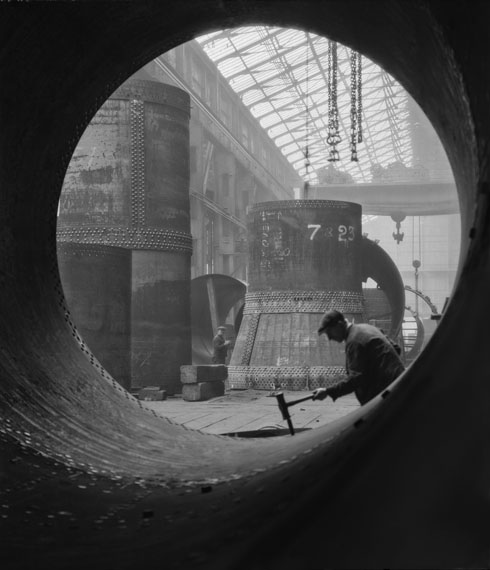
© 2017 Curatorial Assistance, Inc. / E.O. Hoppé Estate Collection
E. O. Hoppé
"Unveiling a Secret"
Ausstellung: 6. April bis 30. Juli 2017
Eröffnung: Mittwoch, 5. April, 19 Uhr
in Zusammenarbeit mit Fondazione MAST, Bologna und E. O. Hoppé Estate
Collection/Curatorial Assistance, California; kuratiert von Urs Stahel
Die Industriephotographie mit ihren unterschiedlichen Entstehungskontexten, ihren formalästhetischen Setzungen und inhaltlichen Implikationen steht im Mittelpunkt der beiden neuen Ausstellungen der Photographischen Sammlung/SK Stiftung Kultur.
In der rund 200 Exponate umfassenden Einzelausstellung "E. O. Hoppé – Unveiling a Secret" wird erstmals verdeutlicht, wie breit gefächert und innovativ der Photograph Emil Otto Hoppé (1878–1972) in den 1920er- und 1930er-Jahren auf dem Feld der Industriephotographie gewirkt hat. Flankierend dazu präsentiert die Begleitausstellung "Blick in die Sammlung: Industrie als Motiv" Positionen von in der hauseigenen Sammlung
vertretenen Lichtbildnern zum Themenfeld der Industrie und Technik ab Ende des 19. Jahrhunderts bis in die 1990er-Jahre.
Der 1878 in München geborene Emil Otto Hoppé – sein Name wird oft abgekürzt als "E. O. Hoppé" – war ein bedeutender Portraitphotograph des frühen 20. Jahrhunderts. Zudem genoss er große Aufmerksamkeit durch seine Landschafts-, Architektur- und Industrieaufnahmen, die er wie seine Porträts vielfach in Zeitschriften, Magazinen und Büchern publizierte. Ab den 1950er-Jahren entschwand jedoch sein Name mehr und mehr aus dem Blickfeld der Öffentlichkeit. Dies lag vor allem daran, dass er 1954 den überwiegenden Teil seines photographischen Schaffens an die London Picture Library übergab, die ihre Bildbestände nicht nach dem Namen des Autors, sondern vornehmlich nach Motivkreisen sortierte. Damit zerfiel gewissermaßen sein vielgestaltiges Werk.
Erst in den 1990er-Jahren setzte ausgehend von den USA eine verstärkte Rezeption seines OEuvres ein. Durch das Engagement von Curatorial Assistance Inc., Pasadena, wurden die Aufnahmen wieder aus den Bibliotheksbeständen herausgesucht und in die E. O. Hoppé Estate Collection überführt, die heute in Pasadena, Kalifornien, ansässig ist. Dort beherbergt man die umfassende Sammlung mit Vintage Prints, Negativen und Publikationen. Zudem werden Ausstellungen zu unterschiedlichen Werkbereichen initiiert und Publikationen und andere Belange der Vermittlung angeregt.
E.O. Hoppé begann seine photographische Karriere in London, wohin er 1902 übergesiedelt war und wo er ab 1907 ein erfolgreiches Portraitstudio führte. In den 1920er- und 1930er-Jahren unternahm Hoppé zahlreiche, teils mehrmonatige Reisen in verschiedene Länder Europas, sogar bis nach Amerika, Indien und Australien. Während dieser Aufenthalte entstanden umfangreiche photographische Dokumentationen. Menschen, Landschaften, Siedlungen und Städte sowie vor allem industrielle Momente fanden sein Interesse.
Ab 1925 hielt er sich immer wieder in Deutschland und Österreich auf. Verstärkt arbeitete er hier mit Blick auf die Industrie und Technik. Ein Themenbereich, der in dieser Zeit bei Künstlern und Photographen generell eine hohe Aufmerksamkeit genoss. Hoppé dokumentierte beispielsweise Wasserkraftwerke in Süddeutschland, den Tagebau bei Berlin, die Gruben und Stahlwerke des Ruhrgebietes mit ihren imposanten Bauten und rauchenden Schloten. Er warf einen Blick in Maschinenhallen, Werkstätten und im Detail auf einzelne Konstruktionen, auch bezog er Portraits von Arbeitern und Betriebsangehörigen ein. Die für die Industrie wichtige Infrastruktur wie Eisenbahnen, Häfen und Werften, Straßen und Brücken, auch Flugmaschinen wie Zeppeline und Flugzeuge dokumentierte
Hoppé in eindrücklichen Aufnahmen. Stilistisch näherte er sich in diesem Werkbereich einer modernistischen Bildsprache mit starken Kontrasten, mit dynamischen Auf- und Untersichten und Perspektivwechseln an. In der Publikation "Deutsche Arbeit", Ullstein Verlag 1930, hat E. O. Hoppé das Thema der Industrie breitgefächert vorgestellt.
Dass der Photograph das Sujet über Deutschland hinaus international verfolgte, wird beispielsweise durch die Aufnahme der 1930 noch im Bau befindlichen, aber schon sehr imposanten Harbour Bridge in Sydney deutlich, eine der breitesten Stahlbrücken der Welt. In seiner Wahlheimat England hat Hoppé die Kräne der Schiffswerft in Liverpool aufgenommen; hat in Nottingham eine Maschine zur Herstellung des Medikaments Aspirin betrachtet und in Northamptonshire einen Telefonmast als Zeugnis moderner Kommunikation photographiert. E. O. Hoppé besuchte 1926 während seiner großen Amerika-Reise die Ford-Werke in Detroit; in Indien kann er 1929 in den Tata-Stahlwerken in Jamshedpur photographieren und in Kalkutta suchte er eine Jute-Mühle auf. Es waren vor allem die in dieser Zeit sehr gefragten illustrierten Reisebücher zu einzelnen Themen und Regionen, in denen Hoppés Aufnahmen zahlreich Einbindung fanden. Er trat aber nicht nur als Bildautor auf, sondern verfasste ebenso die Textbeiträge, so beispielsweise für die Publikation "Das romantische Amerika" von 1927.
Die aktuelle Ausstellung beleuchtet Hoppés enormen photographischen Schaffensprozess speziell auf den facettenreichen Motivkreis der Industrie. Vor allem durch die Bildauswahl und Sequenzierung des Schweizer Kurators Urs Stahel wird Hoppés große Leidenschaft für Motive rund um das Thema greifbar. Mit verschiedenen Techniken und Stilmitteln, traditionssicher wie ambitioniert, um Modernität ringend, hat sich der Photograph mit
diesem wesentlichen Gegenstandsbereich auseinandergesetzt. Damit ist ein photographiegeschichtlich wegweisender Beitrag gelungen, der E. O. Hoppé ein besonderes und auch neues Profil verleiht.
Unmittelbar zur Ausstellung ist kein Katalog erschienen, empfohlen wird die Publikation "The German Work", herausgegeben von Phillip Prodger, Göttingen: Steidl, Euro 29,80.�
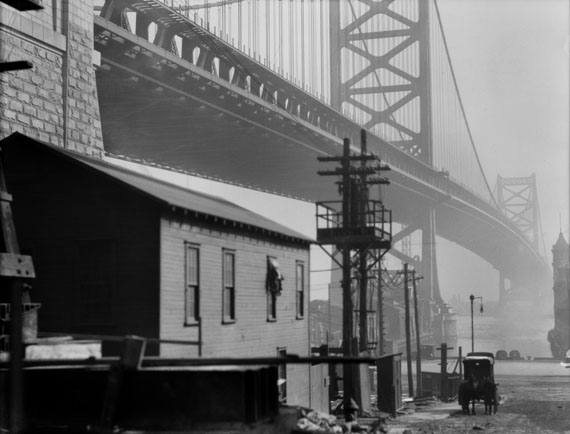
© 2017 Curatorial Assistance, Inc. / E.O. Hoppé Estate Collection
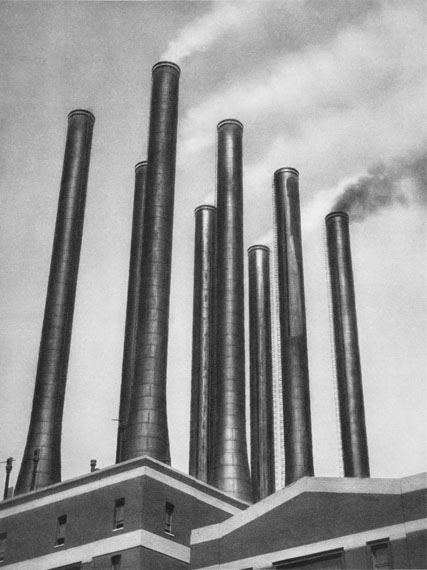
© 2017 Curatorial Assistance, Inc. / E.O. Hoppé Estate Collection